Introduction
Braised pork belly, also known as “Hong Shao Rou” in Chinese cuisine, is a dish that combines the rich, savory flavors of slow-cooked meat with a glossy, caramelized exterior. While its succulent texture and deep, umami-laden sauce make it a culinary delight, the dish can often be quite greasy, turning off many potential diners. However, with the right techniques and ingredients, you can create a version of braised pork belly that is both indulgent and not overly fatty. This article will guide you through the process of making non-greasy braised pork belly, ensuring that every bite is a delightful balance of flavors without the heaviness of excess fat.
Choosing the Right Cut of Pork
The first step in making non-greasy braised pork belly is selecting the appropriate cut of meat. Ideally, you should opt for pork belly that has a good balance of fat and lean meat. While some fat is necessary for flavor and moisture retention during cooking, too much can make the dish unpleasantly greasy. Look for pork belly with a marbling of fat that is evenly distributed throughout the meat. This will help ensure that the fat renders properly during the braising process, leaving you with tender, juicy meat without an excessive amount of grease.
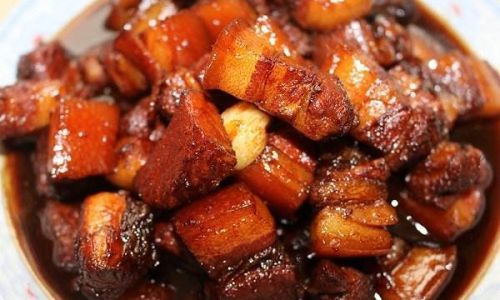
Trimming the Fat
Once you have your pork belly, the next step is to trim off any excess fat. This doesn’t mean removing all the fat, as some is essential for flavor and texture. Instead, focus on trimming away any large, thick layers of fat that are not evenly marbled with meat. Use a sharp knife to carefully slice off these layers, being careful not to cut into the meat itself. Trimming the fat in this way will help reduce the overall greasiness of the dish while still retaining the necessary fat for flavor.
Marinating the Meat
Marinating the pork belly before cooking can also help to reduce its greasiness. A marinade that includes acidic ingredients like vinegar, lemon juice, or tomato sauce can help break down some of the fat in the meat, making it less likely to render out during cooking. Additionally, marinades that contain aromatic spices and herbs can add layers of flavor to the meat, making it more enjoyable to eat even if it is less fatty.
When marinating, be sure to cover the pork belly completely with the marinade and let it sit in the refrigerator for at least a few hours, or overnight if possible. This will allow the marinade to penetrate the meat and begin the process of tenderizing and flavoring it.
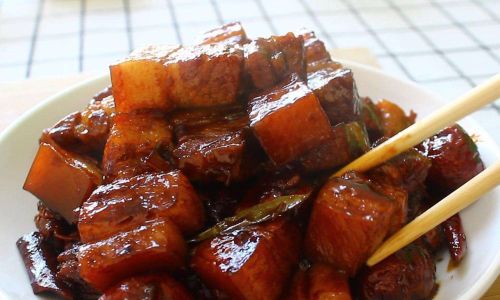
The Braising Process
The braising process is crucial for making non-greasy braised pork belly. Braising involves cooking the meat slowly at a low temperature in a covered pot with a small amount of liquid. This cooking method allows the meat to become tender and flavorful while the fat renders out and is absorbed into the sauce.
To begin the braising process, preheat your oven to a low temperature, around 300-325°F (150-165°C). In a heavy-bottomed pot or Dutch oven, heat a small amount of oil over medium-high heat. Sear the pork belly on all sides until it is browned and caramelized. This will help create a flavorful crust on the outside of the meat and also lock in juices.
Once the pork belly is browned, remove it from the pot and set it aside. In the same pot, sauté chopped aromatics such as onions, garlic, and ginger until they are fragrant. Add in any additional spices or herbs you wish to use, such as star anise, cinnamon sticks, or cloves. Pour in a liquid such as chicken or pork broth, soy sauce, and a sweetener like honey or brown sugar. Stir to combine and bring the mixture to a simmer.
Return the pork belly to the pot, nestling it into the sauce so that it is partially submerged. Cover the pot and transfer it to the preheated oven. Let the pork belly braise for several hours, or until it is tender and cooked through. The exact cooking time will depend on the size and thickness of the meat, but it is generally around 3-4 hours.
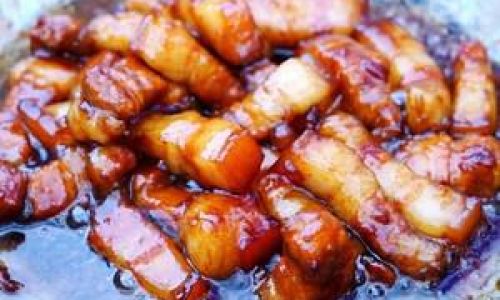
Reducing the Sauce
Once the pork belly is cooked, remove it from the pot and set it aside to rest. Place the pot containing the sauce back on the stove and bring it to a simmer. Let the sauce reduce until it has thickened to your desired consistency. This will help concentrate the flavors and create a glossy, coating sauce that will adhere to the meat without being overly greasy.
Serving the Dish
When you are ready to serve the braised pork belly, slice it into portions and arrange them on a serving platter. Pour the reduced sauce over the meat, making sure to coat each piece evenly. Garnish with chopped green onions, sesame seeds, or other toppings as desired.
Conclusion
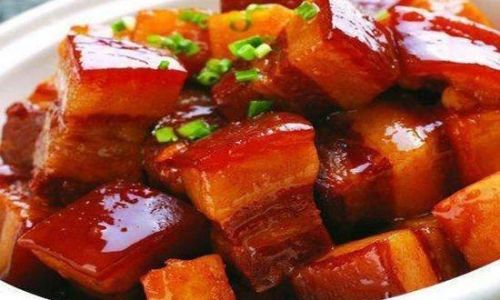
Making non-greasy braised pork belly may seem like a daunting task, but with the right techniques and ingredients, it is entirely achievable. By selecting the appropriate cut of meat, trimming excess fat, marinating the meat, and using the proper braising method, you can create a dish that is both indulgent and not overly fatty. With its rich, savory flavors and tender texture, braised pork belly is sure to be a hit at your next dinner party or family gathering. So why wait? Gather your ingredients and give this delicious dish a try today!
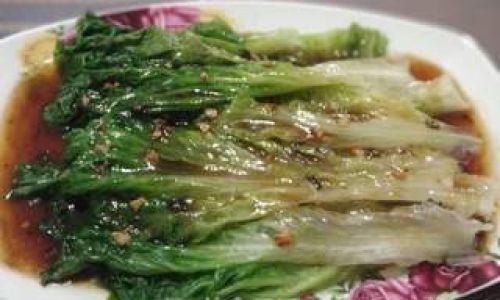
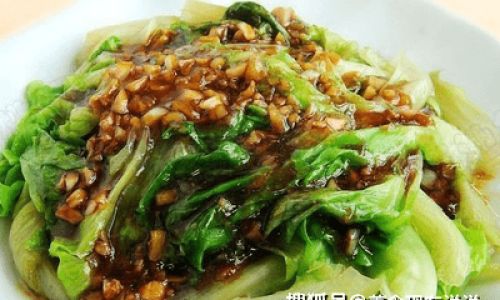

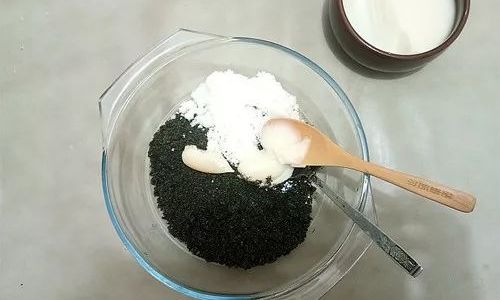
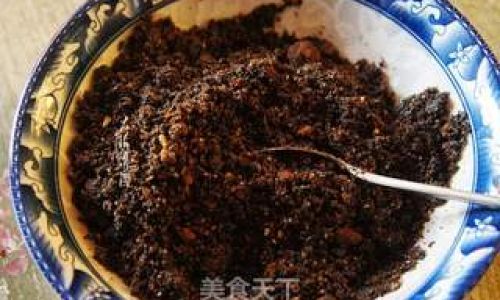
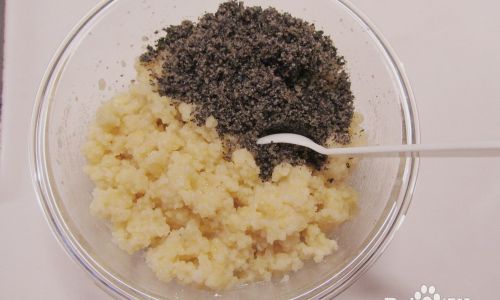
0 comments